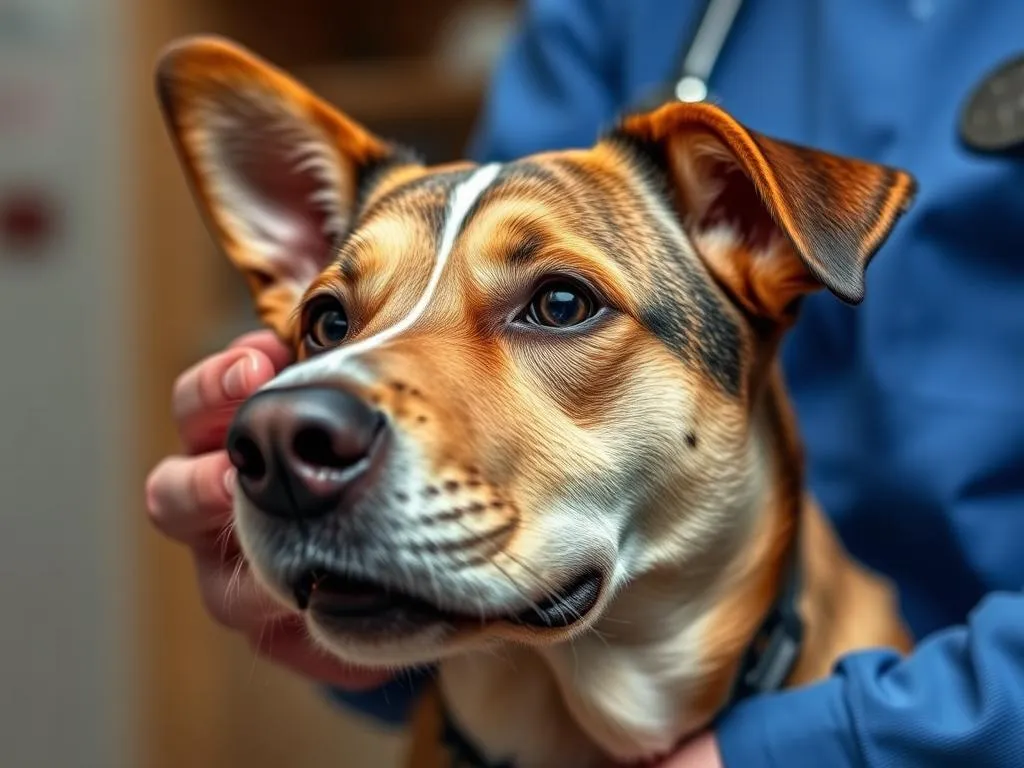
Dog health care has evolved significantly over the years, with pet owners now having access to various innovative solutions to ensure their furry friends stay healthy. One of the most notable advancements is the rise of virtual vet visits. This emerging trend has redefined how dog owners can seek medical advice and care for their pets, especially in times of increased demand for accessible health care options.
Understanding what to expect during a virtual vet visit can empower dog owners to make informed decisions about their pet’s health. Here’s a detailed guide to help you navigate this new frontier in pet care.
Understanding Virtual Vet Visits
Definition of Virtual Vet Visits
Virtual vet visits are consultations with veterinarians conducted through digital platforms. These visits can take place in several formats, including video calls, phone consultations, or chat services. This flexibility allows pet owners to choose the method that suits them best, making it easier to access veterinary care without the need to travel.
Benefits of Virtual Vet Visits
The advantages of virtual vet visits are numerous:
- Accessibility: Pet owners with mobility issues or those living in remote areas can easily consult with a veterinarian from the comfort of their home.
- Convenience: Scheduling is often more flexible, allowing you to choose a time that fits your busy life. Additionally, you save on travel time, making it easier to fit veterinary care into your schedule.
- Quick Resolution: Minor health concerns can be addressed promptly, often leading to faster resolutions and peace of mind for pet owners.
Limitations of Virtual Vet Visits
While there are many benefits, there are also limitations to consider:
- In-Person Necessity: Certain situations, such as emergencies or conditions requiring physical examination, still necessitate an in-person visit.
- Diagnosis Challenges: Diagnosing some conditions can be difficult without a hands-on examination, which may limit the veterinarian’s ability to provide definitive advice.
- Limited Interaction: The nature of virtual visits may restrict the interaction between the veterinarian and the pet, potentially impacting the quality of care.
Preparing for a Virtual Vet Visit
Choosing the Right Virtual Vet Service
Before scheduling a virtual vet visit, it’s crucial to research and select a reputable telehealth provider. Look for services that are well-reviewed and check for certifications that ensure the veterinarian is qualified to provide care. This will help you feel confident in the advice you receive.
Information to Gather Before the Appointment
To make the most of your appointment, gather relevant information ahead of time:
- Health History: This includes vaccination records, any previous illnesses, and ongoing health issues.
- List of Symptoms: Write down any symptoms or concerns you wish to discuss during the visit.
- Behavioral Changes: Note any recent changes in your dog’s behavior or diet, as these can provide important insights for the veterinarian.
Setting Up the Technology
Proper technology setup is essential for a smooth virtual visit:
- Stable Internet Connection: Ensure you have a reliable internet connection to avoid disruptions during the consultation.
- Familiarize with the Platform: Take some time to understand how the video conferencing platform works, including how to join the call and use any necessary features.
- Choose a Quiet Space: Select a well-lit area free from distractions where you can comfortably converse with the veterinarian.
What to Expect During a Virtual Vet Visit
Initial Consultation Process
At the start of your virtual vet visit, the veterinarian will greet you and introduce themselves. You will then provide your dog’s health history and explain your current concerns. This is an opportunity to build rapport and ensure the vet understands your pet’s needs.
Examination Techniques
During the consultation, the veterinarian may use various techniques to assess your dog:
- Visual Cues: The vet will observe your dog through the video to identify any visible symptoms, such as skin issues or mobility problems.
- Owner Demonstrations: You may be asked to demonstrate certain behaviors or symptoms, like how your dog walks or how they react to touch, providing valuable information to aid in diagnosis.
Possible Outcomes of the Consultation
Following the examination, the veterinarian will discuss potential outcomes:
- Common Recommendations: The vet may prescribe medications, suggest lifestyle changes, or recommend behavioral strategies based on your dog’s condition.
- Follow-Up Visits: If necessary, they might advise scheduling a follow-up appointment or an in-person visit for further evaluation.
Post-Appointment Follow-Up
Understanding Treatment Plans
Once the consultation concludes, it’s essential to understand any treatment plans provided:
- Prescribed Medications: Make sure you know how and when to administer any medications, along with potential side effects to watch for.
- Behavioral Recommendations: Discuss any suggested training or behavioral modifications that could help improve your dog’s health and well-being.
Importance of Monitoring Your Dog
After the visit, closely monitor your dog for any changes or reactions:
- Observe Changes: Keep an eye out for any improvement or deterioration in your dog’s condition, noting any new symptoms that may arise.
- Seek Further Assistance: If your dog’s condition worsens or new concerns develop, don’t hesitate to contact the veterinarian for further guidance.
Evaluating the Virtual Visit Experience
After the appointment, reflect on your experience:
- Effectiveness of Consultation: Consider whether the virtual visit met your expectations regarding the quality of care and communication.
- Feedback Mechanisms: Many telehealth services value feedback, so take the time to share your thoughts to help improve future consultations.
Real-Life Experiences and Testimonials
Case Studies of Successful Virtual Vet Visits
Numerous dog owners have shared their positive experiences with virtual vet visits. For instance:
- Skin Issues Resolved: A dog owner noticed their pet scratching excessively. After a virtual consultation, the vet prescribed an anti-itch medication and provided tips on managing allergies. Within weeks, the dog showed significant improvement.
- Behavioral Concerns Addressed: Another owner sought advice on their dog’s sudden aggression towards other pets. Through a virtual visit, the vet offered actionable training strategies that helped the owner regain control and improve their dog’s behavior.
Community Feedback
The dog owner community is increasingly embracing virtual vet services:
- Shared Experiences: Many owners report that virtual visits have been a game-changer, especially for routine check-ups and minor concerns.
- Maximizing Virtual Visits: Community members often recommend preparing a list of questions beforehand and using the consultation time efficiently to cover all concerns.
Conclusion
Virtual vet visits present a valuable solution for dog owners seeking convenient and accessible health care options. While they offer numerous benefits, understanding their limitations is equally important. With the right preparation and approach, virtual consultations can effectively address many non-emergency health concerns for dogs, providing peace of mind for pet owners.
Staying proactive about your dog’s health care is crucial, and considering virtual options can be a significant step in the right direction.









